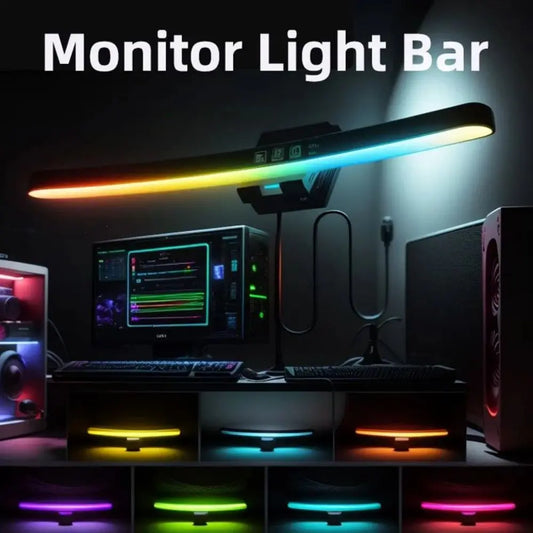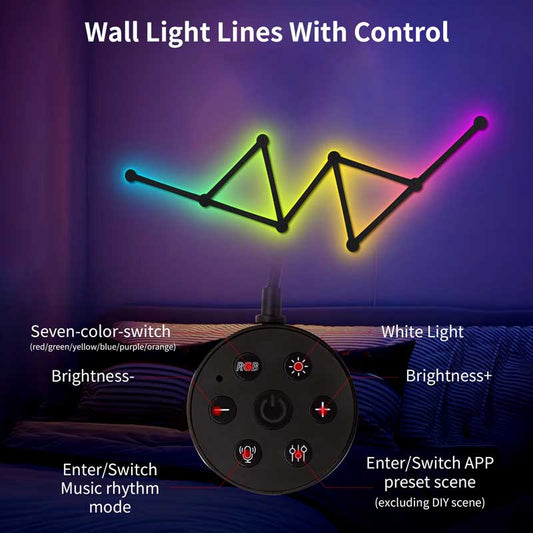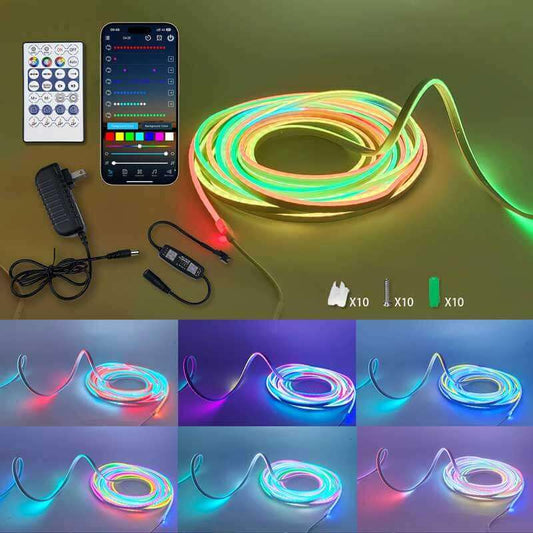How to check if a website is secure for payment?
Share
To check if a website is secure for payment, follow these key steps to ensure that your personal and financial information remains safe:
1. Look for HTTPS in the URL
- Ensure the website’s URL starts with “https://” (the "s" stands for secure).
- You should also see a padlock icon in the address bar of your browser.
- HTTPS ensures that the website encrypts your data, preventing hackers from intercepting sensitive information like credit card details during checkout.
2. Check for a Secure Payment Gateway
- Reputable websites use secure payment gateways such as PayPal, Stripe, or Apple Pay, which offer an additional layer of protection.
- Look for familiar payment options that offer buyer protection. Avoid websites that only offer untraceable payment methods, such as wire transfers or gift cards.
3. Verify Trust Badges
- Security trust seals like McAfee Secure, Norton Secured, and Visa Verified indicate that the website has passed a security check to ensure your data is safe.
- Click on these badges to verify they are legitimate and direct you to the company's official site. Fraudulent sites may use fake badges.
4. Check for a Privacy Policy
- A legitimate and secure website should have a privacy policy that explains how your data will be used and protected.
- If you can’t find a privacy policy or if it's unclear, be cautious when making payments.
5. Look for Clear Return and Refund Policies
- Reputable websites will clearly outline their return and refund policies, which are important in case of issues with your order.
- Make sure they have clear contact details, including a phone number and email address, in case you need assistance with payment problems.
6. Ensure Website Design Looks Professional
- A well-designed, professional website often reflects the trustworthiness of the site. If a website looks outdated, has broken links, or is difficult to navigate, it might be a red flag.
- Check for signs of professionalism, such as clear product listings, easy navigation, and helpful customer service options.
7. Enable Two-Factor Authentication (If Available)
- Some websites allow you to enable two-factor authentication (2FA) for extra security. This requires you to provide a second form of authentication (like a code sent to your phone) in addition to your password.
- This is especially useful for sensitive transactions, providing another layer of protection.
8. Check for Contact Information
- Look for a physical address, customer support number, and email on the website.
- If the website only provides a generic email address or lacks clear contact information, be cautious before entering any payment details.
9. Research the Website
- Read reviews and ratings from other customers on third-party websites like Trustpilot, Google Reviews, or Yelp. Look for patterns in feedback about the website’s security and payment issues.
- Use Whois lookup services to check the website's domain registration date and ownership information. Newly registered websites can sometimes indicate a scam.
10. Test the Payment Process
- Before making a full payment, you can try purchasing a low-cost item to test the checkout process. Ensure that you receive a confirmation email and your payment method is processed securely.
- Make sure you get a clear order confirmation and a tracking number for shipping if it’s an item.
Summary: Key Steps for Securing Payments
- Look for HTTPS and a padlock symbol in the browser.
- Check for secure payment gateways (PayPal, Stripe, etc.).
- Verify trust badges (McAfee, Norton, etc.).
- Ensure there’s a clear privacy policy.
- Look for professional website design and contact information.
- Enable two-factor authentication for extra security.
By following these steps, you can minimize the risk of fraud and ensure that your payment information is safe when shopping online. If you're ever unsure, it’s always better to err on the side of caution and choose a more well-known, trusted site for your purchases




